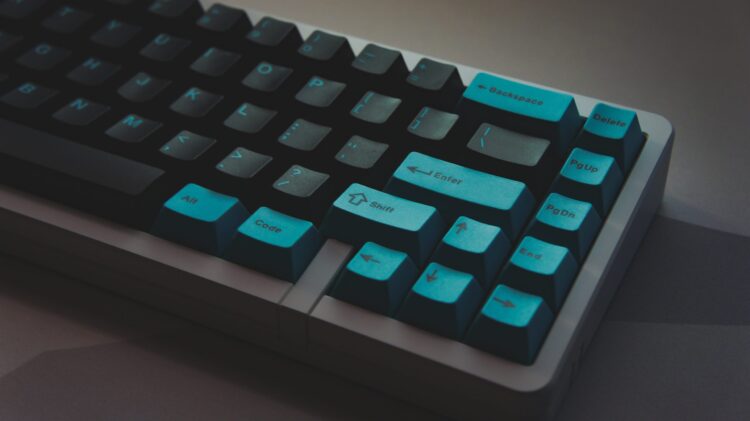By Jacqui Banaszynski
A reminder about caution on the keyboard was inspired by last week's news of the arrest of the Air National Guardsman accused of leaking Pentagon documents that contained sensitive U.S. intelligence reports. I was driving to a conference the day the news broke, so my only information came through brief bits on radio and a scan of headlines. But one note, from a BBC story about the arrest, caught my attention and revived this warning:
Think before you hit that SEND button!
Apparently, Airman Jack Teixeira was part of a small chat group of gamers. Reports say they were mostly younger and mostly male — many likely still in their teens — and Teixeira may have wanted to strut his position, so showed the cool stuff he had access to. He also apparently told his chat-mates not to post the documents anywhere else.
Cue the common sense, please. Telling a bunch of young brainiacs who spend their lives on keyboards and in cyberspace NOT to post something? Seems to me you'd have to disable their computers, lock up their phones and duct tape their hands to a chair. Even then, they might find a hack.
What does this have to do with our brand of story work? I've riffed on this before: If you share a digital version of an unvetted, unedited draft with sources, you have no control over what happens to it next. You could stamp DRAFT all over it, but that wouldn't prevent it from being read and interpreted and used by more people than you intended. I understand the value of fact-checking actual copy, and of using that fact-checking as a last level of reporting.
I have no problem with sending out select portions of a complex story to trusted experts to make sure you're getting things right. Beyond that, I still think a conversation, in person or by phone, with you keeping control of that draft, is the wiser way to go. |
|

